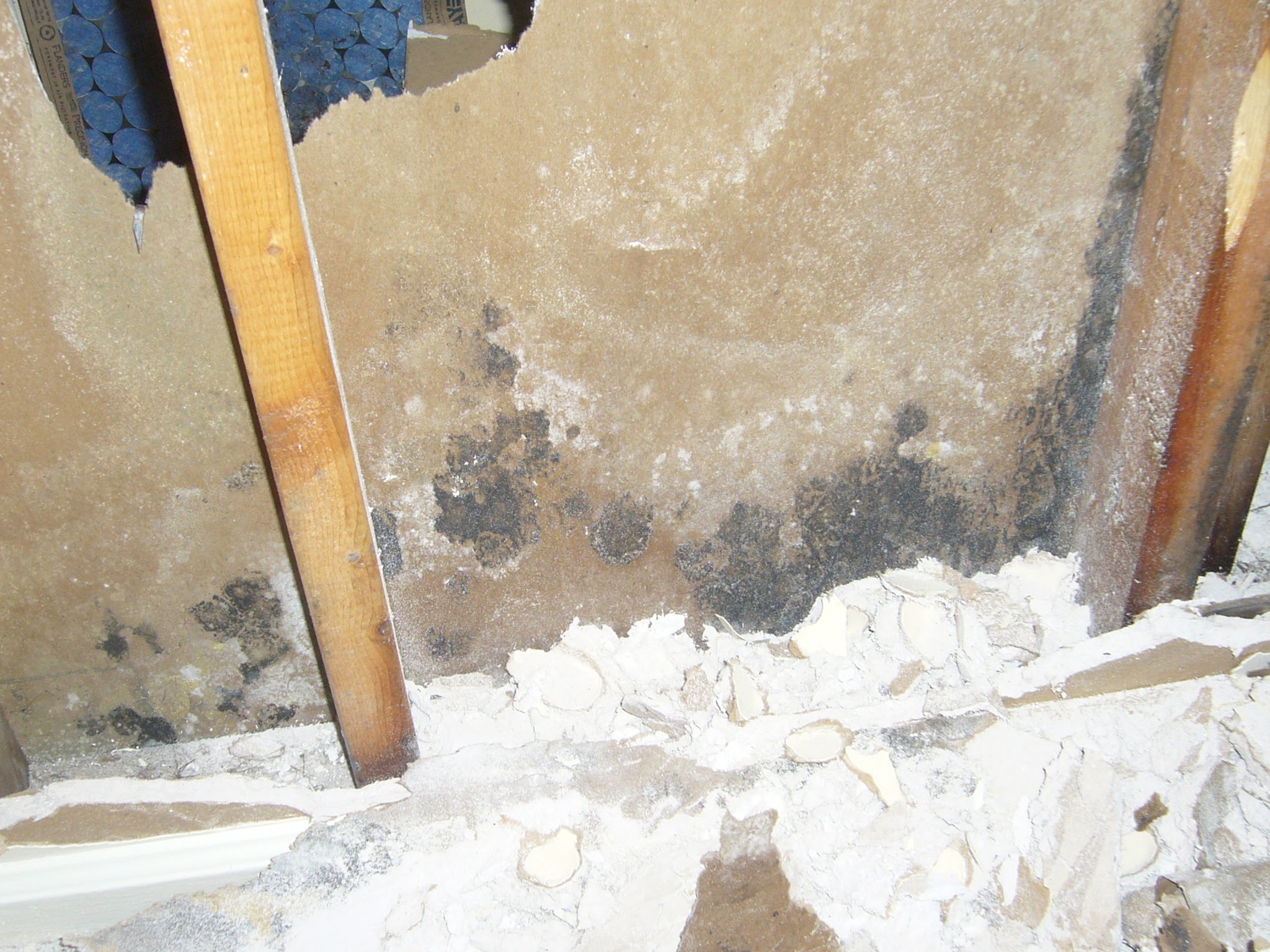Preventing Water Damage in the Bathroom
Preventing Water Damage in the Bathroom
Blog Article
Do you find yourself searching for suggestions on Preventing Water Damage in the Bathroom?

The bathroom is incredibly prone for wet buildup and also potential water damage because of the constant use water in it. This article provides basic examination methods to aid identifying water damage dangers.
The constant use of water in the restroom makes it very at risk for moist accumulation as well as possible water damages. By inspecting it frequently, you can minimize water relevant damages.
The following set of assessments is very easy to execute and should be done when in every three months in order to maintain your shower room healthy and also to stop potential water damages caused by the tub, the shower, pipe joints as well as plumbing, sinks, cupboards, as well as the bathroom
Do not forget doing these evaluations as well as be complete while executing them. Remember that these straightforward examinations can conserve you a great deal of cash by giving very early signs for water damages
Sinks and also Cabinets
Sinks and cabinets are revealed to dampness as well as humidity daily and also are usually ignored. Check frequently under the sink and on the kitchen counter over it. Fix any kind of drip in the catch as it may suggest drainpipe issues. Look around the sink, slow draining pipelines may indicate an obstructed drainpipe. Replace sink seals if they are fractured or loosened.
Tub and Shower
The shower and also tub require unique interest and upkeep. Inspect the tiles and also change if broken. Make sure that there is no missing out on grout in between the ceramic tiles. Inspect and also replace cracked caulking at joints where the wall surfaces meet the flooring or the tub. Clogged drains pipes and pipelines issues will stop the bathtub from drying out as well as might suggest severe problems underneath the bathtub. Seek advice from an expert quickly to prevent architectural damage. Take note of discolorations or soft areas around the bath tub walls as they might indicate an inner leakage.
Plumbing
Signs for water damage are hard to spot considering that most pipelines are installed inside the wall surfaces.
Pay special focus to flooring and also walls moisture as well as stains as they might indicate an invisible plumbing trouble. Check wetness degrees in adjacent rooms too.
The Toilet
The commode is a vulnerable water joint. Check the water lines as well as look for leaks around the bathroom seat, in the tube, and under the water storage tank. If you detect any kind of signs of moisture on the floor around the commode, check for leaks in the toilet edge as well as container seals.
Be aware that hanging bathroom dish antiperspirants increases the possibilities for obstructions.
How to Prevent Water Damage in Your Bathroom?
Water damage repair is an expensive, meticulous, and lengthy process. Unfortunately, bathrooms are the most susceptible rooms to water damage due to toilets, showers, and sinks. Pipes and fixtures wear out over time and are not immune to damage. But all is not lost, as there are ways to prevent water damage from occurring in your bathroom.
Check Your Plumbing
Nothing lasts forever, especially pipes, which can rust and begin leaking over time. You should periodically conduct pipe inspections and pay attention for any musty smells or water stains that may indicate you need water damage repair. Here are some things to check:
Frequently test valves for your toilet, shower, and sink to ensure they are properly working. Check faucet supply lines hidden under vanities and replace when needed. Replace cracked or deteriorating caulking along sinks, tubs, and showers. If you notice a clog in your sink, call in a professional. Since you can’t check the pipes in the wall, keep an eye out for stains, drywall bubbling, musty smells, and excess moisture; if the bathroom is on a second level, check the ceiling of the room directly below for these signs. Don’t Overwork Your Toilet
One of the most common reasons bathrooms need water damage repair is due to overflowing toilets. Save yourself the hassle of cleanup by being mindful and not pushing your toilet to extreme limits. If you have young children, it is especially important to keep an eye on them when they are in the bathroom and to teach them how to avoid clogging the toilet. Here are some more tips to help prevent your toilet from overflowing:
If you have a septic tank, only use septic-safe toilet paper Do not flush anything down the toilet besides toilet paper; items like diapers and sanitary napkins will clog the piping Pay attention to your toilet’s water level: If it’s low, it could mean it is partially clogged or that there is a crack in the toilet bowl Maintain Your Shower/Tub
Replace showers or tubs with cracks or other damage; even hairline cracks can allow water to seep in and cause damage. Grout and caulk help prevent water from seeping into walls and floors, so repair them if they are chipped, cracked, or deteriorating. Replace torn shower curtains or shower doors with seals that no longer work. Dry the floor and drain water from the tub immediately after use to prevent damage from sitting water. https://www.alure.com/home-improvements-blog/resources/how-to-prevent-water-damage-in-your-bathroom

I'm certainly very inquisitive about How to Repair and Prevent Bathroom Water Damage and I am hoping you liked the new piece. Do you know another person who is curious about Looking for Signs of Water Damage in the Bathroom? Please feel free to share it. We enjoy reading our article about How to Fix a Water Damage Bathroom.
Browse Website Report this page